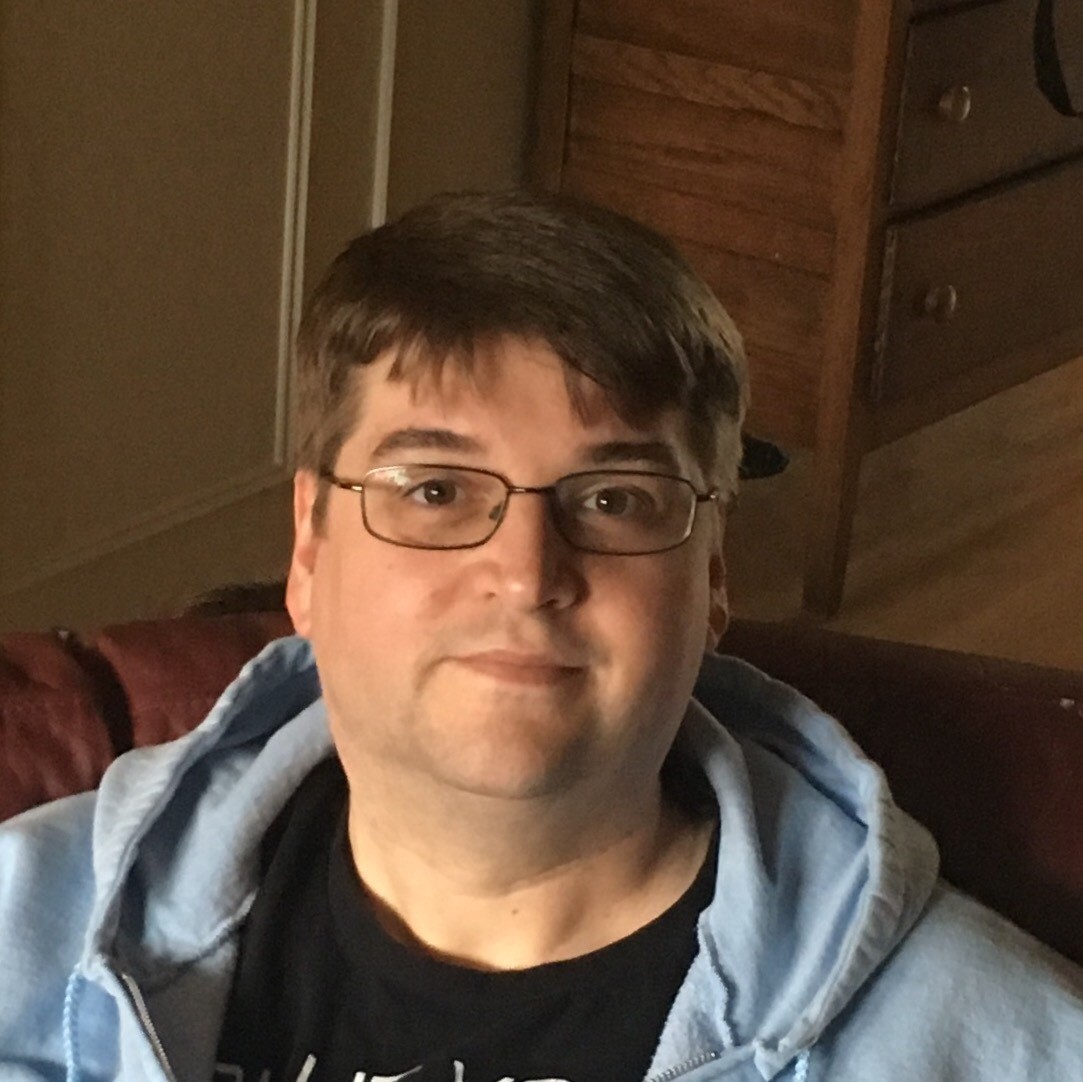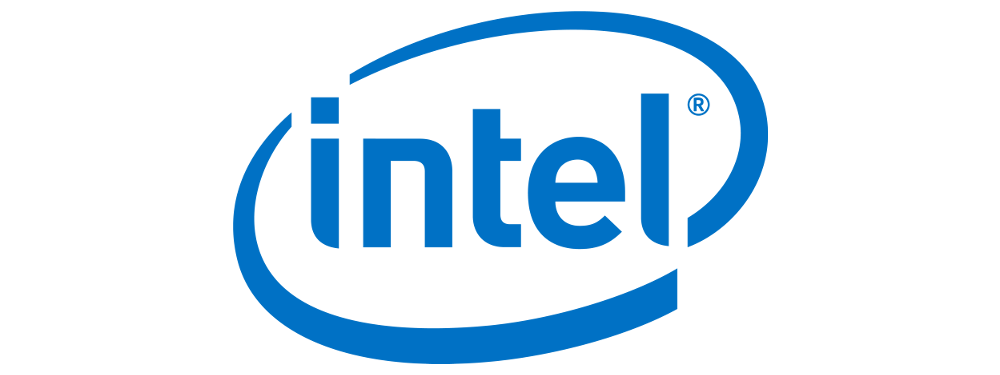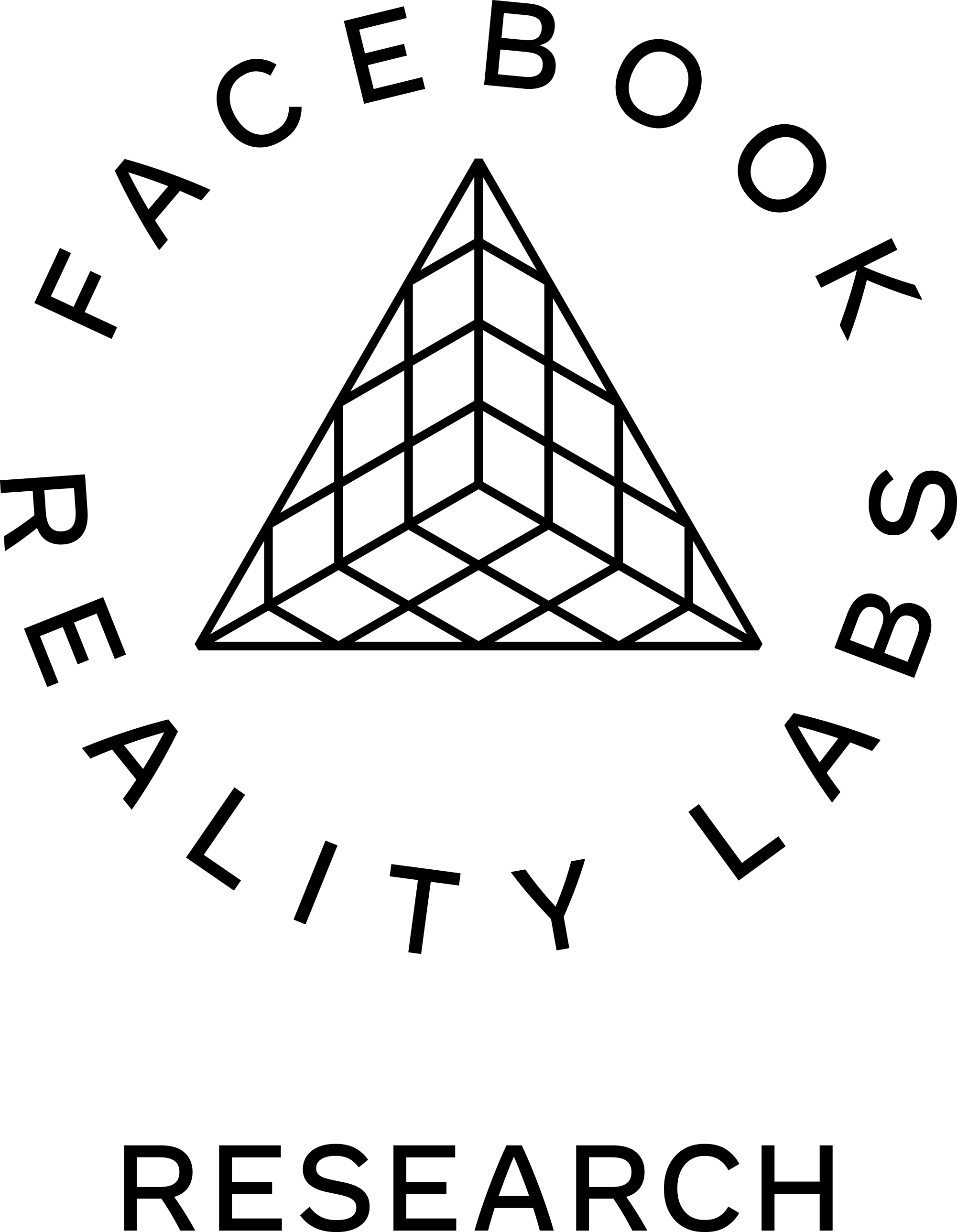Interactive Rendering Fast Backwards
Peter-Pike Sloan, Activision Publishing, Inc.

Abstract
Interactive rendering has changed massively over the last 30 years. In that time, I have worked at Evans and Sutherland,
a PC game startup using software texture mapping in the early 90’s, shipped a commercial 3D painting program that only
ran on SGI Reality engines, worked in the DirectX team at Microsoft and spent the last decade working in the game industry.
While there have been many improvements over that time, there have also been some missteps along the way.
In this talk I will discuss my experiences as a practitioner, fact check invited talks / panels I have been involved with and
see where my past self would have totally been wrong about what things would be like by 2021.
Bio
Peter-Pike Sloan Peter-Pike Sloan is a Technical Fellow at Activision, heading up a small graphics research group in Washington state. Prior to that he has worked at NVIDIA, Disney, Microsoft, Parametric Technology and Evans and Sutherland.
His research has been used extensively in the games industry and he has published papers in animation, skinning, simulation and interactive rendering.
Shape Sensing and the Future of Shape
Paul Dietz, Tactual Labs Co.

Abstract
While we have made amazing advances in our ability to design, simulate, and even physically build almost anything we can imagine,
measuring the precise shape of real-world objects is still surprisingly hard. Typically, we employ systems that view the objects
from a distance such as depth cameras and laser scanners. But these solutions are expensive, suffer from occlusions, and result
in large, complex setups. ShArc is a new technique for creating low-cost, strip shape sensors that can be placed on, or embedded
in objects to monitor shape in real-time. These sensors will allow us to understand human motion with precision, create highly expressive
interfaces, monitor the integrity of physical structures, and provide feedback for compliant actuators. Science fiction has long imagined
matter that can be programmed to take any dynamic shape. Precision shape sensing is the first step in achieving this capability.
Bio
Paul Dietz is a prolific inventor of technologies for interactive experiences. He is best known for his seminal work on multitouch
that helped drive the adoption of this now ubiquitous interface. He has held senior research positions at Walt Disney Imagineering,
Mitsubishi Electric Research Labs and Microsoft. Paul co-founded and led Misapplied Sciences which was formed to commercialize
his breakthrough display technology that can simultaneously show different images to each viewer without the needed for glasses.
Recently, he has been a Technical Fellow at Tactual Labs where he has been leading efforts to commercialize his latest invention
which is all about understanding and manipulating shape. Paul holds an SB from MIT, and MS and PhD degrees from Carnegie Mellon,
all in Electrical Engineering. He is sometimes seen around the Seattle area on the wrong end of a flugelhorn.
Trace All The Rays! State-of-the-Art and Challenges in Game Ray Tracing
Colin Barré-Brisebois, SEED, Electronic Arts

Abstract
Since 2018, a new paradigm shift has happened in the world of real-time graphics: real-time ray tracing.
From new APIs to hardware acceleration, many techniques have made their way from the offline world in to real-time applications,
such as video games and industrial visualization. In parallel, new approaches have also emerged that enable visuals that take us closer to film quality in real-time.
In this talk, we will explore the current state of real-time ray tracing and the progress that has been made since its inception.
From a research perspective, we will discuss some core challenges that remain as the industry strives towards achieving film quality visuals in real-time.
We also discuss possible solutions to some of the remaining problems with a focus on production. Finally, we discuss industry trends for the next few years
and where the research community could invest its efforts. This talk is intended to give the attendee a good understanding of how techniques and research in real-time ray tracing
can progress and facilitate further adoption of the technology in videogames and real-time experiences
Bio
Colin is the Head of Technology at SEED (Search for Extraordinary Experiences Division), an applied
research and development team at Electronic Arts. SEED is a tight-knit team of 30 talented artists,
engineers, and researchers distributed across Europe and North America. At SEED, Colin oversees
the group’s technical direction and how it aligns with innovation opportunities for future EA games,
expressed directly in new player experiences, future connected services, and advanced development
techniques. In addition to his leadership role, Colin is also deeply engaged in research activities and
drives cutting-edge work on real-time graphics, including real-time ray tracing.
Prior to working at SEED, Colin was a Technical Director and Principal Rendering Engineer on the
Batman: Arkham franchise at WB Games Montreal. Before working at WB, he was a rendering
engineer on several games at EA Montréal and DICE, including Battlefield 3, Need for Speed, Army of
TWO, and Medal of Honor. Colin has presented at several major conferences (GDC, SIGGRAPH, I3D,
HPG, GTC), and published work in books (GPU Pro, Ray Tracing Gems) and on his blog. Colin
represents EA on several industry advisory boards and has taken part in academic conferences as
papers chair and reviewer. He holds a software engineering degree from École de Technologie
Supérieure (ÉTS) in Montréal, Québec, Canada. When he is not coding, you might find Colin hanging
out at the Stormwind fountain in World of Warcraft, sailing the seas in search of treasures in Sea of
Thieves, or practicing guitar.












